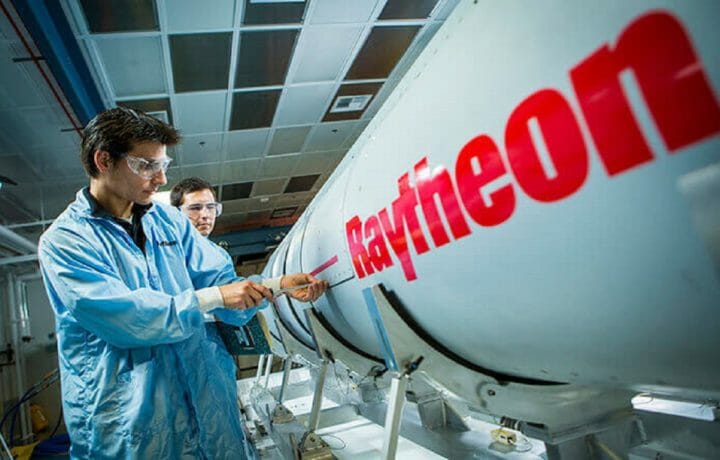Driven by the strong trends in defense and commercial aviation that I identified in my previous column on RTX (RTX), the company reported very impressive third-quarter financial results on October 21.
What’s more, the firm’s counter-drone system, Coyote, appears to be gaining significant traction, while it recently obtained multiple, significant orders for its other defense offerings.
Although the company’s price-earnings ratio has climbed significantly in recent months along with its stock price, RTX continues to be very attractive for conservative, long-term investors.
Extremely Strong Q3 Metrics
As of the end of Q3, RTX’s backlog had advanced 13% versus the same period a year earlier to $251 billion. And since the end of last year, its backlog had soared 18%. Also significantly, RTX’s book-to-bill ratio in Q3 was an elevated 1.63. Taken together, the company’s rapid backlog growth and its high book-to-bill ratio strongly indicate that its revenue and profits will expand quickly over the longer term.
During Q3, its adjusted sales advanced 13%, excluding acquisitions and divestments, versus Q3 of 2024, while its adjusted segment operating profit soared 19% year-over-year. And providing RTX stock with a significant, positive catalyst, the company increased its adjusted 2025 sales outlook to $86.5 billion to $87 billion from $84.75 billion to $85.5 billion. Additionally, it now expects to generate adjusted earnings per share of $6.10 and $6.20 for the full year, up from the prior range of $5.80 to $5.95.
Among the factors that contributed to RTX’s strong Q3 results were positive commercial plane production and maintenance trends, along with healthy demand for munitions on the defense side.
Major Defense Deals and Coyote’s Strong Progress
RTX’s Raytheon unit received more than $8 billion of orders for its munitions, including a $2.1 billion deal for its Advanced Medium-Range Air-to-Air Missile system, representing the largest-ever order in that category, and about $2.5 billion of purchases of its GEM-T missile which is a component of missile-defense systems. Additionally, RTX’s Pratt unit obtained deals “over $3 billion to support the…engine” of F-35 planes, CEO Christopher Calio reported on the company’s Q3 earnings call.
According to Calio, the company’s Coyote offering “has proven to be extremely effective in the field, and we’ve recently developed a lower cost non-kinetic Coyote payload to combat drone swarms.” Also importantly, Coyote has proven to be effective at countering both large and small drones, RTX has stated. And in late September, the Pentagon disclosed that it had agreed to spend over $5 billion on the product, and Gen. James Mingus, the Army vice chief of staff, has called Coyote the branch’s “most effective” counter-drone option.
Given the recent, rapid proliferation of drones in warfare, countries’ need to defend against the unmanned aircraft, and the Army’s high praise for the system, Coyote could very well prove to be a very lucrative, positive needle mover for RTX.
Valuation and the Bottom Line on RTX
In light of the company’s strong growth and excellent outlook, its current forward price-earnings ratio of 25 times is quite low and attractive.
Additionally, Wall Street appears to be enchanted with the shares. In the five days that ended on October 21, they had risen 10%, while they had advanced 50% in 2025 as of the latter date.
Since RTX is an extremely large company, its shares probably will not turn anyone with low net values into multimillionaires. But RTX is likely to produce steady, meaningful gains over the longer term.
*This article is intended to be informational only; it is not financial advice.




